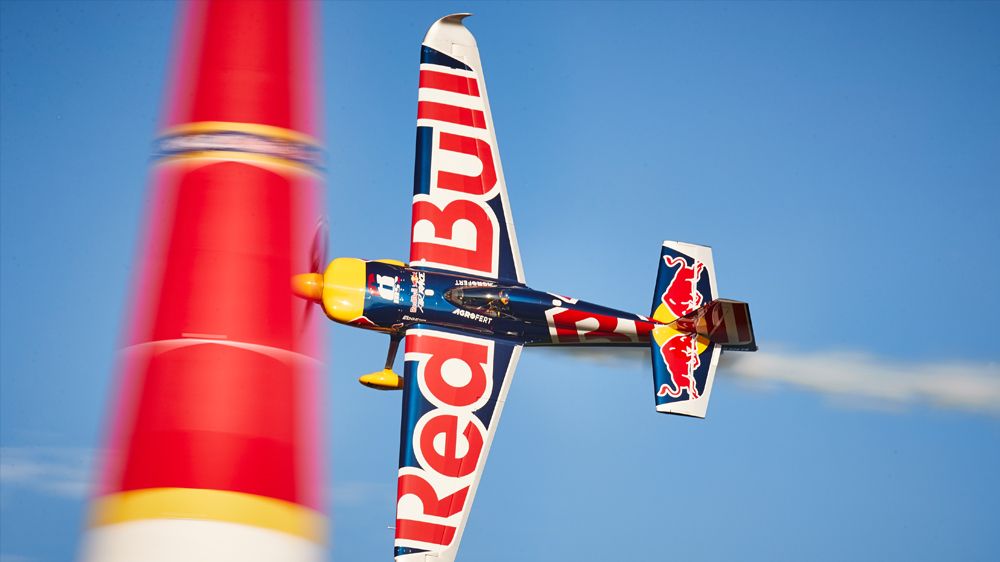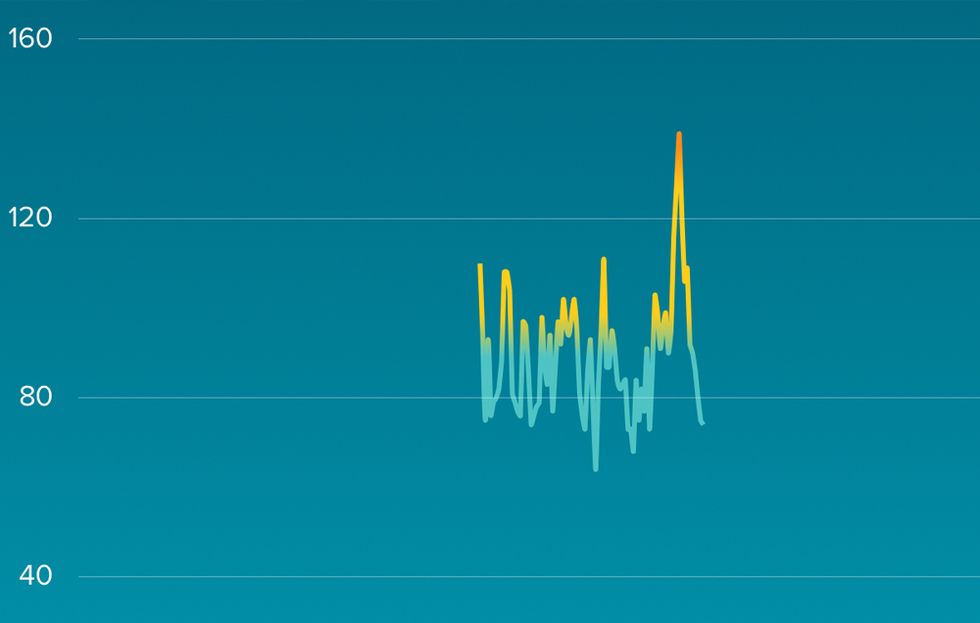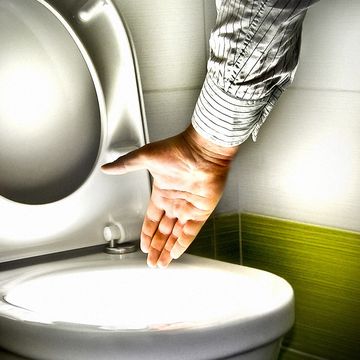When you work for a men's lifestyle website, you have the opportunity to do some pretty cool things. In the past, some of my coworkers have gotten to visit the Patrón Hacienda in Mexico to see how tequila is made, or .
Eventually, it was my turn to do something only a handful of people get to do. I was "lucky" enough to be strapped into a Red Bull stunt plane and go hurling through the skies at nausea-inducing speeds. Here is how my experience flying in a Red Bull stunt plane went.
"I Hope You Throw Up"
That is what my boss said after volunteering me to fly to the Red Bull Air Race held at the historic Indianapolis Motor Speedway and take a flight in one of the stunt planes. Since I am an Air Force vet, he felt I would be the perfect person to go hurtling through the sky in a Red Bull stunt plane. I figured I would never be offered this kind of chance again, so off to Indy I went.
The day of the flight, I made sure not to eat much beyond some toast in preparation for what I was about to put my stomach through. I was introduced to Baptiste Vignes, my pilot who hailed from France and was making his debut as a Red Bull Challenger class pilot.
As I was suiting up for the flight, my brain started to imagine all the terrible ways I could die just for "a cool story." Engine dying, wing falling off, pilot suffering a heart attack mid-flight—any terrible scenario that could happen, I thought of it. Thankfully, they didn't allow me to dwell too long. Soon, it was my turn to fly.
My Safety Briefing Consisted Of the Words "Don't Jump Toward The Propeller"
Before getting in the plane, I'd assumed I would be sitting through a class on all the things I would have to do if something were to go wrong. That was not the case.
As they strapped me into the cockpit, one of the flight team members explained everything I needed to know. It consisted of: "If something goes wrong, lift the cockpit window here, pull these two levers on your harness, climb out on to the wing, and jump to the rear of the plane. Do not jump toward the propeller. Count to three and pull the parachute. "
And that was it. All the life-saving information I needed explained in 30 seconds.
With my "expert-level training" on how to escape a plane hurtling toward the ground concluded, he gave me a thumbs up, closed the cockpit, and away we flew.
Related: Pilots Explain When to Actually Worry During a Flight
I Wouldn't Have Lasted More Than 15 Minutes
"Everyone has a plan 'til they get punched in the mouth." Mike Tyson's famous quote worked perfectly for the situation I was in.
Going into this, I wanted to act as cool and collected as I possibly could. But you never quite know how you'll actually act when you're corkscrewing through the air. We started with simple maneuvers, but then the pilot turned up the intensity by flying straight up, flipping 180 degrees and dive-bombing back to earth. Nausea started to set in around the 8-minute mark, after our eighth barrel roll. It also didn't help that it was an unseasonably warm day and I was wearing a flame-retardant flight suit that allowed for zero breath-ability.
I was also told to be sure to record my heart rate with my Fitbit. I'll let you guess from the graph below when I was in the plane.
Related: How Flying Makes You a Bloated, Constipated, Sick, Miserable Mess
We Were Going How Fast!?
Here's a fun fact: The world's fastest roller coaster, the Formula Rossa located at Ferrari World in Dubai, has a top speed of 150 mph (240 km/h). A F1 race car can reach speeds of 205 mph. The Red Bull stunt plane you're wondering? 220 pants-pooping miles-per-hour. Imagine going so fast, you become one with the seat you're strapped to, unable to lift your head off the headrest, almost as if you're melting into it.
After we performed all our aerial stunts and were heading back to the airfield, Baptiste wanted me to get the feel of how fast the Red Bull Air Race pilot goes while racing. Setup at the far end of the field was two inflated pylons. It was at this time that I started feeling how the G-Force was affecting my body. My stomach started doing somersaults, I could feel my heart beating in my ears, and sweat poured down my face in rivulets.
After one pass through the pylons, Baptiste, not being satisfied with how fast we went, looped back around the airfield and pushed the plane even harder as we shot thought the gate one more time. I was learning that the body can only withstand so much G-force —and mine was at its limit. Thankfully, we landed after our second time through the gate. Otherwise, they were going to need to hose out the cockpit.
If I Had The Chance to Do It Again, Would I?
As queasy as I was feeling at the end, it made for an awesome experience. For as terrified as I felt, it was only 15 minutes of my life, plus the extra hour afterwards for the effects to wear off.
If I could change anything about the flight, I would include more cameras on the exterior of the plane to show off all the stunts we performed, as well as hope for cooler weather to fly in. So if I had the chance to do this again, would I? Hell yes, I would.













